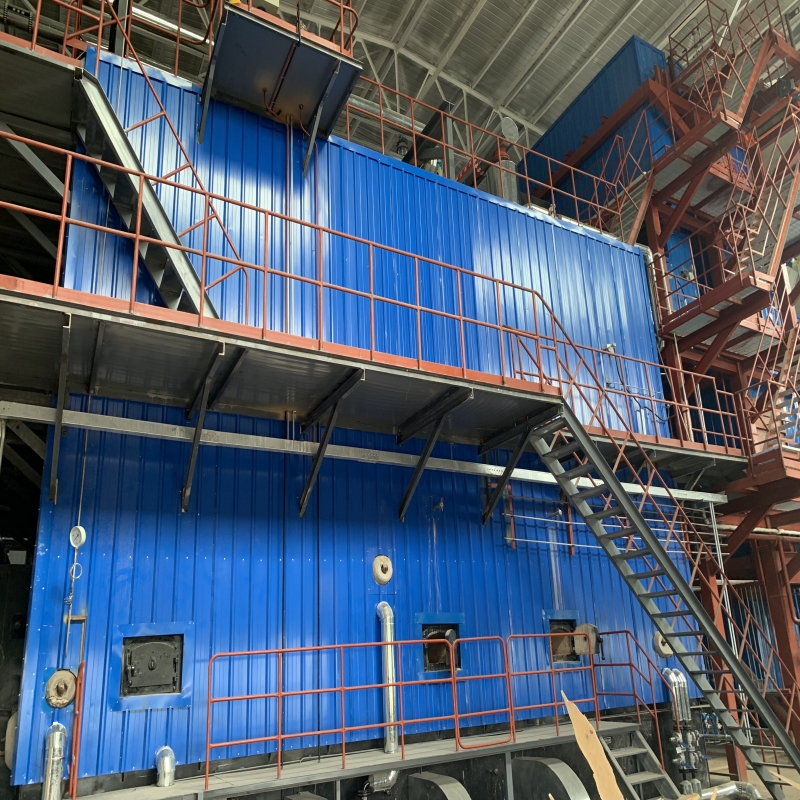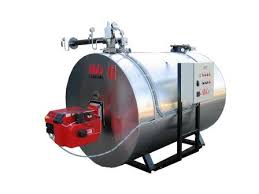
Feb . 06, 2025 03:47 Back to list
biomass fired steam boiler
A steam boiler is an essential component in many industrial and residential settings, providing the necessary steam for various operations and heating purposes. Understanding how to properly add water to a steam boiler is crucial not only for maintaining efficiency but also for ensuring safety and longevity. Below is an expert guide to safely adding water to a steam boiler, based on experience and authoritative insights.
After adding water, it is important to bleed the system of any air pockets that may have formed. Air pockets can hinder the efficient movement of steam and may cause the boiler to operate inefficiently. This can often be done by opening a designated air valve or vent, a small task that can significantly boost boiler performance. Maintaining the correct water level in a steam boiler is not just a one-time task but an ongoing maintenance activity. Regularly checking the water level and the condition of the boiler can prevent potential issues before they become serious problems. Insufficient water levels can lead to overheating, while too much water can cause inefficiency and potential flooding. Keep an eye on any signs of wear or malfunction, such as leaks, unusual noises, or fluctuations in pressure. Addressing these signs early can prevent costly repairs and extend the life of your boiler. Routine inspection by a qualified technician is recommended, as they can provide a professional assessment and perform any necessary maintenance. Additionally, using the right type of water is crucial for steam boiler operation. In many cases, using untreated or hard water can lead to scale buildup and corrosion over time, impairing the efficiency of the heating system. Using softened or treated water can help mitigate these issues, though it's important to follow manufacturer guidelines for what is appropriate for your specific boiler model. Finally, having a basic understanding of the boiler’s emergency procedures is essential. Knowing how to shut down the boiler quickly and safely in the event of a malfunction can protect both property and individuals. To sum up, adding water to a steam boiler should be done with thoughtful preparation and attention to detail. With the right approach, you can ensure your boiler operates safely and efficiently, providing reliable service over its lifespan. Whether for industrial or residential use, maintaining the correct water levels within your steam boiler is a vital component of its overall management. Following these guidelines drawn from experience and expertise can enhance the function and safety of your steam heating system.


After adding water, it is important to bleed the system of any air pockets that may have formed. Air pockets can hinder the efficient movement of steam and may cause the boiler to operate inefficiently. This can often be done by opening a designated air valve or vent, a small task that can significantly boost boiler performance. Maintaining the correct water level in a steam boiler is not just a one-time task but an ongoing maintenance activity. Regularly checking the water level and the condition of the boiler can prevent potential issues before they become serious problems. Insufficient water levels can lead to overheating, while too much water can cause inefficiency and potential flooding. Keep an eye on any signs of wear or malfunction, such as leaks, unusual noises, or fluctuations in pressure. Addressing these signs early can prevent costly repairs and extend the life of your boiler. Routine inspection by a qualified technician is recommended, as they can provide a professional assessment and perform any necessary maintenance. Additionally, using the right type of water is crucial for steam boiler operation. In many cases, using untreated or hard water can lead to scale buildup and corrosion over time, impairing the efficiency of the heating system. Using softened or treated water can help mitigate these issues, though it's important to follow manufacturer guidelines for what is appropriate for your specific boiler model. Finally, having a basic understanding of the boiler’s emergency procedures is essential. Knowing how to shut down the boiler quickly and safely in the event of a malfunction can protect both property and individuals. To sum up, adding water to a steam boiler should be done with thoughtful preparation and attention to detail. With the right approach, you can ensure your boiler operates safely and efficiently, providing reliable service over its lifespan. Whether for industrial or residential use, maintaining the correct water levels within your steam boiler is a vital component of its overall management. Following these guidelines drawn from experience and expertise can enhance the function and safety of your steam heating system.
Share
Latest News
-
Commercial Steam Boilers for Sale - AI Optimized Efficiency
NewsAug.02,2025
-
Efficient Biomass Fired Hot Water Boiler | AI Heating Solution
NewsAug.01,2025
-
High-Efficiency Gas Thermal Oil Boilers | HPT Models
NewsJul.31,2025
-
Oil Fired Hot Water Boilers Sale - High Efficiency & Affordable
NewsJul.31,2025
-
High-Efficiency Commercial Oil Fired Steam Boiler for Industry
NewsJul.30,2025
-
High-Efficiency Biomass Fired Thermal Oil Boiler Solutions
NewsJul.30,2025
Related PRODUCTS
Copyright © 2025 HEBEI HONGZE BOILER MANUFACTURING CO., LTD. All Rights Reserved. Sitemap | Privacy Policy






















